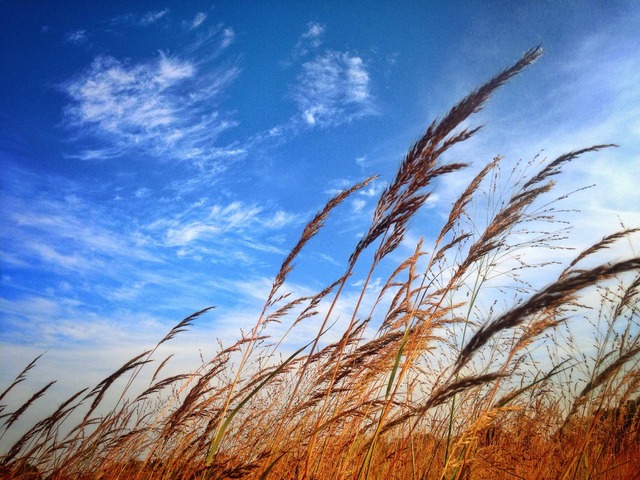Over the past year, there has been a lot of interest in building offshore wind farms off the Illawarra and Newcastle coasts of NSW. But why is this area receiving the most attention?
The climate of the Illawarra & Newcastle Coasts
The most important part of the Illawarra and Newcastle coasts’ geography is that they sit near the famous East Australia Current (EAC). This ocean current brings warm waters from the equator and northern Australia down the NSW coast. Warmer waters mean more thermal energy, and therefore a greater capacity to generate wind.
The Illawarra and Newcastle are ideal for wind farms because they are exposed to winds from all directions. Naturally, to the east is the Tasman Sea, and since oceans are relatively flat compared to the land (with hills, trees and buildings), winds can move faster over the open water.
Northerly and southerly winds move roughly parallel to the coast over these areas, allowing them to interact with the land in a seabreeze effect, further increasing the wind strength. A seabreeze occurs when the land is warmer than the nearby ocean, so winds blow onshore to try and cool down the land. This effect is common during spring, summer and autumn, so throughout these months, the winds are regularly blowing at a manageable speed.
The final direction is westerly, and despite this direction facing directly towards the land, the Illawarra and Newcastle are exposed to these winds as well. Most common during winter, winds blow from the cold land onto the warmer ocean to cool the air down (i.e. a landbreeze, the opposite of a seabreeze). The Illawarra Escarpment and the mountains of the Lower Hunter help to accelerate these westerly winds (known as downslope winds), reaching peak speeds just off the coast.
In fact, the only reason winds would be weak in the Illawarra or Newcastle is if a high pressure system is overhead, something that would be a problem for any location in the sub-tropics. These areas only really see highs like this during winter, as at other times, the highs tend to be further south, and direct easterly winds to the region.
Aside from the suitable climatology, a large reason why both the Illawarra and Newcastle areas are sparking interest in wind farms is the local economy. These regions have access to well-established steel production facilities and deep-water ports. These features, combined with local expertise, mean the resource-intensive process of setting up an offshore wind farm can be done with relative ease, compared to other locations in Australia. Couple that with the nearby energy demand from the Greater Sydney region and it seems a logical location to set up.
Weatherzone Services
DTN APAC, a DTN company, can provide a suite of weather and climate services to support offshore wind at all stages of production. Some of the notable services we can provide are:
- Analysis of historical data and climate during the planning stages.
- Provision of weather stations and lightning alerting sensors to keep workers and infrastructure safe.
- Super Rapid Updating of hub height wind forecasts to accurately predict the wind speeds at generation height and to optimise power output.
- Expertise from our team of highly trained meteorologists to give you better preparedness when severe weather is expected.
- Climate forecasts to potentially help extend the life of existing infrastructure, ensuring cost minimisation.
For more information on any of these services or any other weather or climate need your business has, please contact us at apac.sales@dtn.com.







